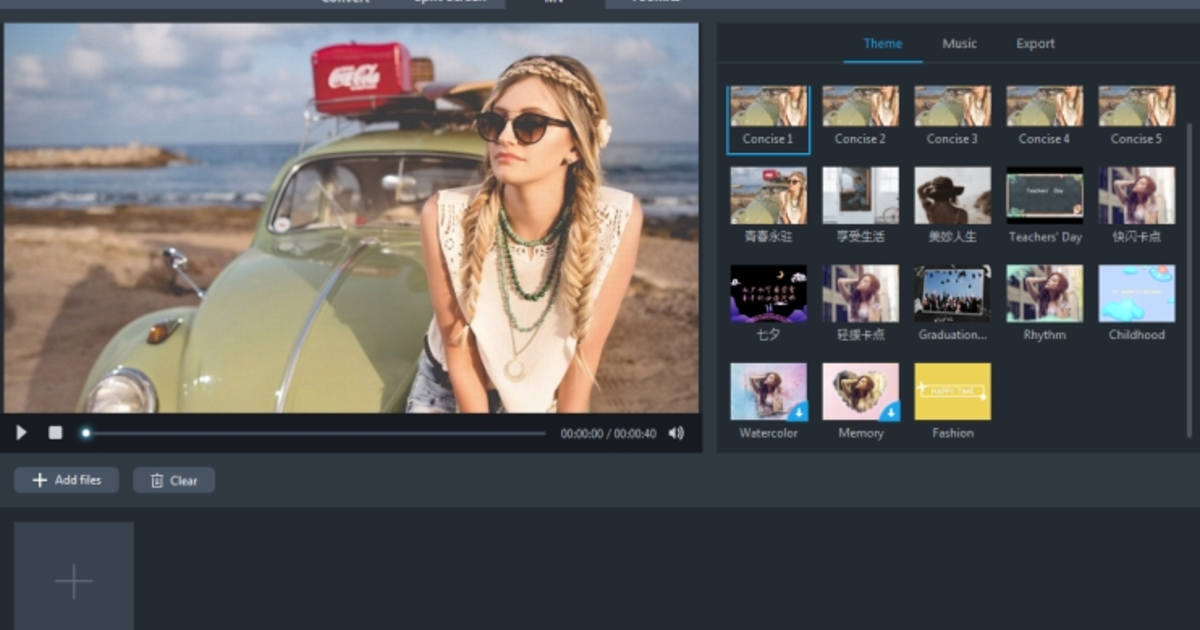Navigating the arena of pass-platform picture processing is only sometimes for the faint-hearted. Developers face limitless challenges while attempting to Converting Multi-Frame TIFF to GIF in Cross-Platform .net Environments. Whether you are optimizing animations for the net, growing dynamic visual stories, or simply adapting to modern-day purchaser desires, knowledge of this complex task can provide a massive technical benefit.
This comprehensive guide explains the technical process of Converting Multi-Frame TIFF to GIF in Cross-Platform .net Environments. We’ll demystify the complexities, recommend green tools, and offer actionable steps that will help you seamlessly combine these practices into your initiatives.
What are Multi-Frame TIFF and GIF?
Understanding TIFF and Multi-Frame TIFFs
TIFF, or Tagged Image File Format, is a broadly used document layout for outstanding graphics. Unlike well-known picture documents, multi-frame TIFFs contain multiple pics saved as character layers or pages in the same record. It makes them best for industries like scanning, images, and record archiving, where multi-layered visuals or high-resolution photos are essential.
Multi-frame TIFFs are most common in eventualities like medical imaging, in which a file may additionally preserve multiple X-ray views, or in digitized documents like blueprints. Their versatility comes at the price of being resource-heavy, requiring strong libraries for processing.
All About GIFs
Alternatively, the GIF (Graphics Interchange Format) is understood for its lightweight nature and capability to help basic animations. From looping cat memes to responsive web visuals, GIFs remain immensely popular for their compression performance and ease of sharing.
While multi-body TIFF documents cognizance on layers or pages, GIFs embody motion and engagement, developing something dynamic by combining character frames. Converting TIFF to GIF, for this reason, opens the door to turning static layers into cohesive and compelling animation.
Why Convert Multi-Frame TIFF to GIF?
Imagine taking a complex scientific scan or a stack of market studies charts and remodeling it into an engaging, lively presentation. The conversion maintains record-size potential and codecs accessible for a much broader variety of use cases on websites, reviews, and apps.
Challenges in Converting Multi-Frame TIFF to GIF in Cross-Platform .net Environments
Multi-Platform Complexities
When operating in Cross-Platform .net initiatives spanning Windows, macOS, and Linux, you face complications like inconsistent rendering. Some libraries work correctly on one OS but falter on others, making portability a major problem.
Performance Fluctuations
GIFs need to be stable, first-class, and compressible. Converting multi-frame TIFFs can be difficult, specifically for functional resource-limited systems, when dealing with complicated frame transitions without compromising performance.
Maintaining Consistency and Quality
Libraries regularly behave differently among platforms due to choppy body rates, color shifts, or compression artifacts. Ensuring constant greatness quality across all environments benefits the project.
Recommended Tools for Cross-Platform TIFF to GIF Conversion
ImageMagick
Overview
ImageMagick is an industry leader in image manipulation. This open-source library affords sizeable features, including multi-body TIFF to GIF conversion compatibility across platforms.
Key Features
- Supports bulk conversion.
- Allows in-depth customization of body costs and output characteristics.
- Excellent cross-platform overall performance.
Integration
Set up ImageMagick for your .net challenge using instructions like `Install-Package Magick.net-Q8-AnyCPU`. Its effective command-line capabilities make it suitable for scalable business enterprise applications.
SkiaSharp
Overview
SkiaSharp is a 2D graphics library for .net recognized for its fantastic rendering pipeline. While it requires greater coding, its versatility makes it terrific for custom eventualities.
Key Features
- Advanced control over character frames.
- Cross-platform compatibility.
- Optimization for animations.
Integration
Use the NuGet package deal supervisor to install SkiaSharp. For GIF-specific conversions, ensure your procedure and successfully remap the frames using built-in drawing capabilities.
Aspose.Imaging
Overview
Aspose Imaging offers agency-grade solutions for advanced photo manipulation, including multi-body processing. Though a proprietary tool, it excels in massive-scale, pass-platform tasks.
Key Features
- Rich processing functionalities.
- Supports both legacy and modern .net frameworks.
- Provides robust documentation and support.
Integration
Download the Aspose.Imaging DLLs and link them for your challenge. Repeated assessments ensure you maintain frame consistency across structures.
FreeImage
Overview
FreeImage is an open-source choice that works well for fundamental photo conversion desires. While it lacks Aspose’s top rate functions, its effectiveness in short TIFF to GIF obligations cannot be discounted.
Key Features
- Lightweight library with middle capabilities.
- Excellent pass-platform utility.
Integration
Install FreeImage using package deal managers or download it manually. While barely low-stage compared to others, it works flawlessly for trustworthy use cases.
Step-by-Step Guide to Converting Multi-Frame TIFF to GIF in Cross-Platform .net Environments
Using ImageMagick
- Install ImageMagick into your .net assignment.
- Load your multi-body TIFF with the use of the `MagickImageCollection.`
- Export frames to a lively GIF, adjusting exceptional and frame delays in your requirements.
Using SkiaSharp
- Install SkiaSharp and ensure pass-platform readiness for your .net build.
- Decode and method man or woman TIFF pages into Skia canvases.
- Optimize frame settings earlier than encoding into a single GIF.
Using Aspose.Imaging
- Add Aspose.Imaging on your undertaking and cargo multi-body TIFFs the use of its API.
- Configure animations with precise frame management.
- Export an optimized GIF in any supported decision.
Using FreeImage
- Set up FreeImage for your .net surroundings.
- Process TIFF frames through FreeImage’s `MNG_GIF` features.
- Verify output integrity throughout structures.
Optimizing the Conversion Process
- Performance Tips: Decode huge TIFFs in chunks to save memory.
- Quality Assurance: Use palette mapping to control GIF fidelity.
- Cross-Platform Solutions: Build OS-specific unit assessments to mitigate inconsistencies.
Common Errors and Debugging Techniques
- Issue: Missing frames.
- Solution: Validate the TIFF’s shape before conversion.
- Issue: Poor animation satisfactory.
- Solution: Standardize body delays and color palettes during GIF introduction.
- Issue: Platform discrepancies.
- Solution: Test output stability across multiple structures using CI equipment.
Conclusion
Converting multi-frame TIFF documents to GIF in Cross-Platform .net environments will no longer be daunting. By expertise, each report structures and leverages wise gear like ImageMagick and Aspose.Imagine you automating those methods, ensuring top-rate-pleasant output that performs throughout platforms.
Start converting your multi-body TIFF files into green GIFs on your Cross-Platform .net projects today!

